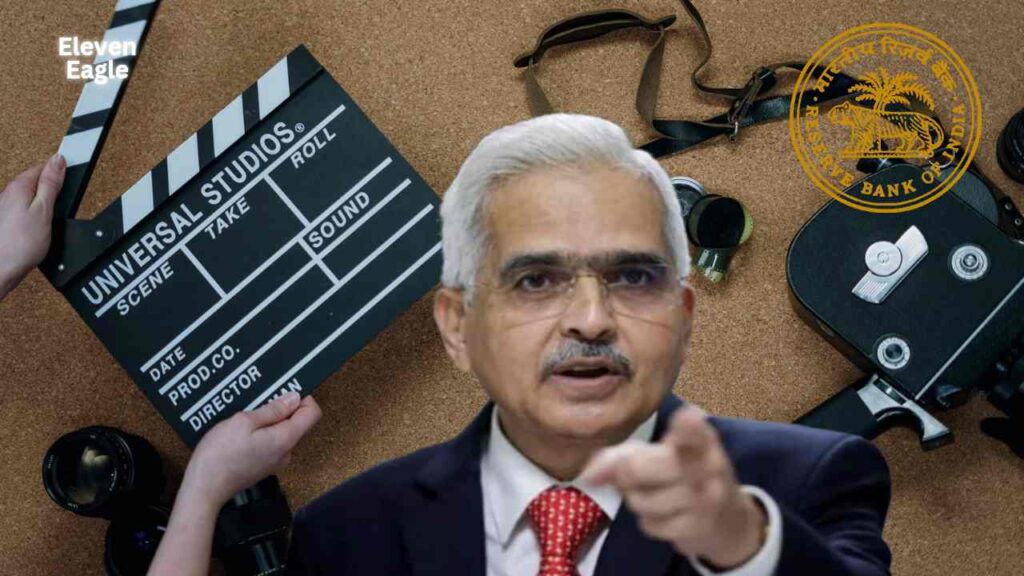RBI Web Series
The country’s central bank Reserve Bank of India (RBI) plans to launch a five-part web series on its 90-year journey. The duration of the web series will be around three hours. The duration of one episode will be 25-30 minutes. This web series will be aired on TV channels or OTT platforms.

What is the purpose of web series?
The Reserve Bank of India was established in 1935 and the bank completed 90 years in April this year. This five-part series will help to increase public understanding of the central bank’s important role in the economy, increase participation and build confidence in policies.
Also read this: RBI Penalty of Rs 3.1 lakh on Hero Fincorp; What will be the impact on consumers?
For web series, RBI has invited proposals from interested production houses, TV channels and OTT platforms. The first objective of this web series is to create a comprehensive and engaging web series.
The web series will also serve as a communication tool
The RBI said the web series aims to make difficult financial concepts accessible and interesting to the audience, thereby contributing to financial literacy. The web series will also serve as an information and communication tool for the central bank.
RBI was established on 1 April 1934
The RBI was established on 1 April 1934 following the recommendations of the Royal Commission on Indian Currency and Finance to maintain the economic stability of the country. Sir Osborne Smith was the first Governor of RBI on 1 April 1935.
Also read this: Purchase of 24 tonnes of gold in four months; Why is RBI buying so much gold?
Over the years, the RBI has seen 26 governors, the current governor being Shaktikanta Das, who assumed office in October 2021. The central office of the RBI was initially located in Kolkata but was shifted to Mumbai in 1937.
90 Years of RBI: 5-episode Web Series To Showcase Journey Of Nine Decades#RBI #WEBseries https://t.co/2bCRJ2PDNk
— News18 (@CNNnews18) July 30, 2024
As RBI celebrates its 90th anniversary, it continues to play an important role in maintaining the country’s financial stability, regulating the financial sector and promoting the digital sector in the payments ecosystem.
Also read this:
• SEBI Survey: Women Show Lower Loss Ratio in Stock Market




